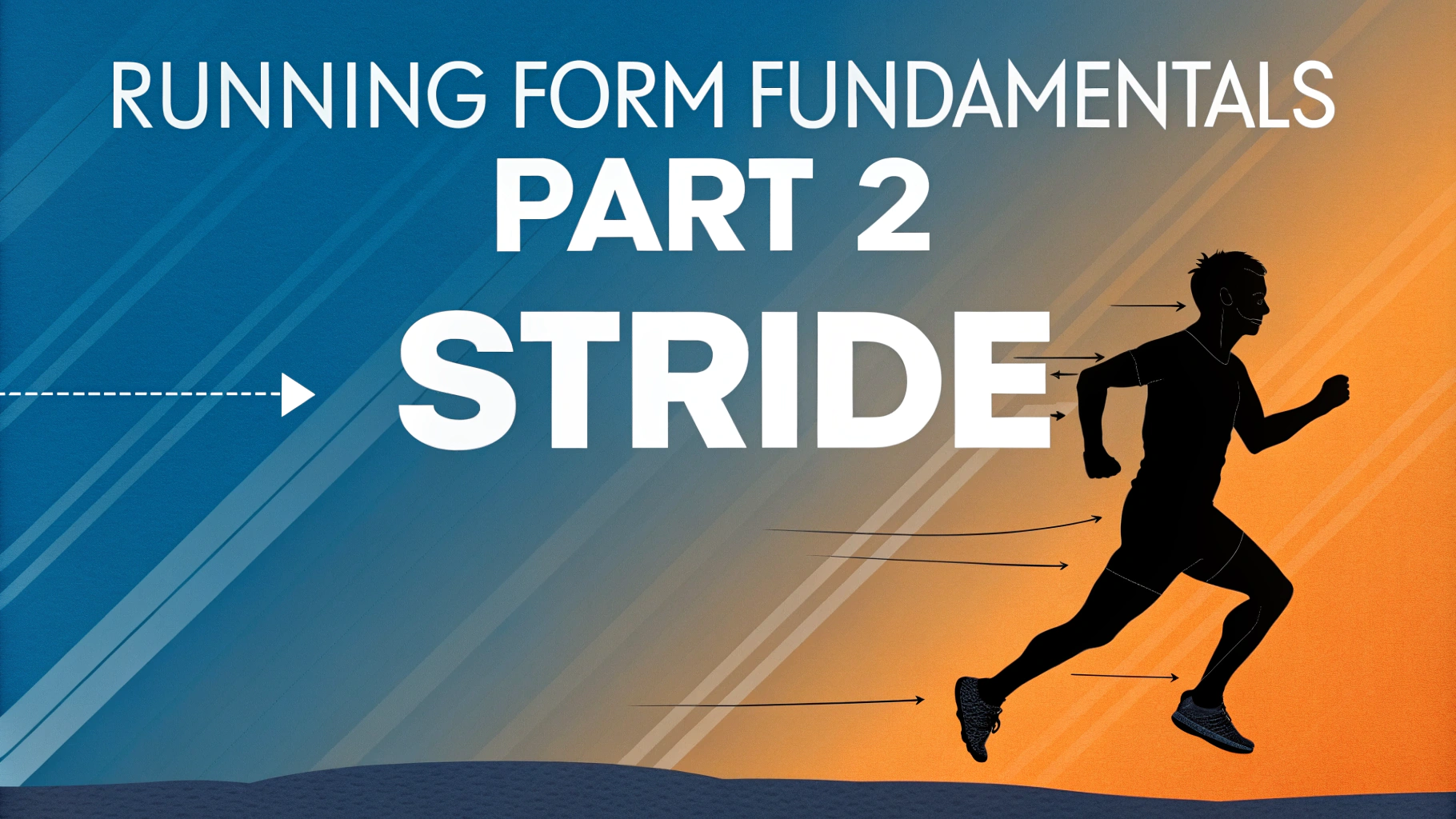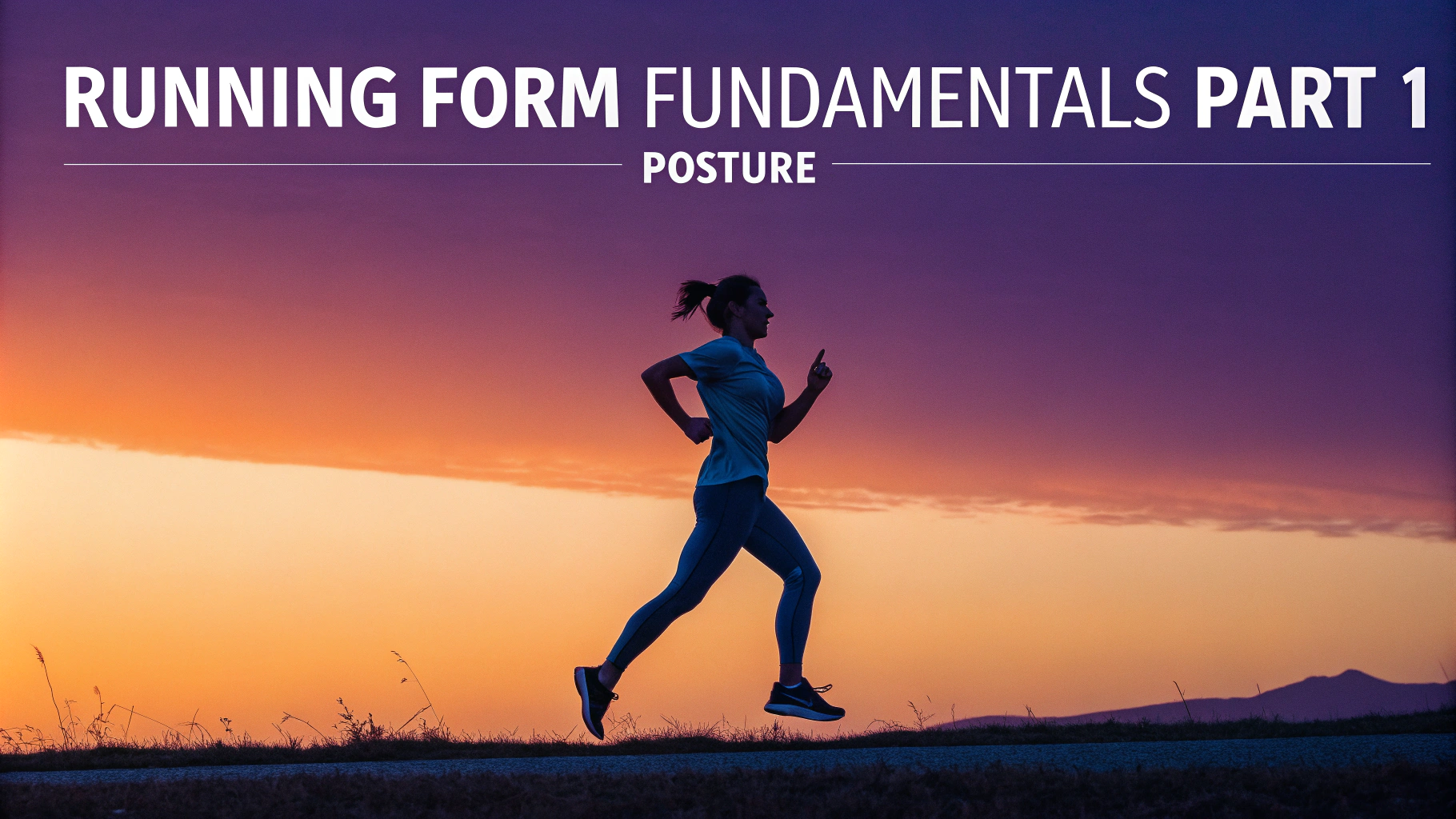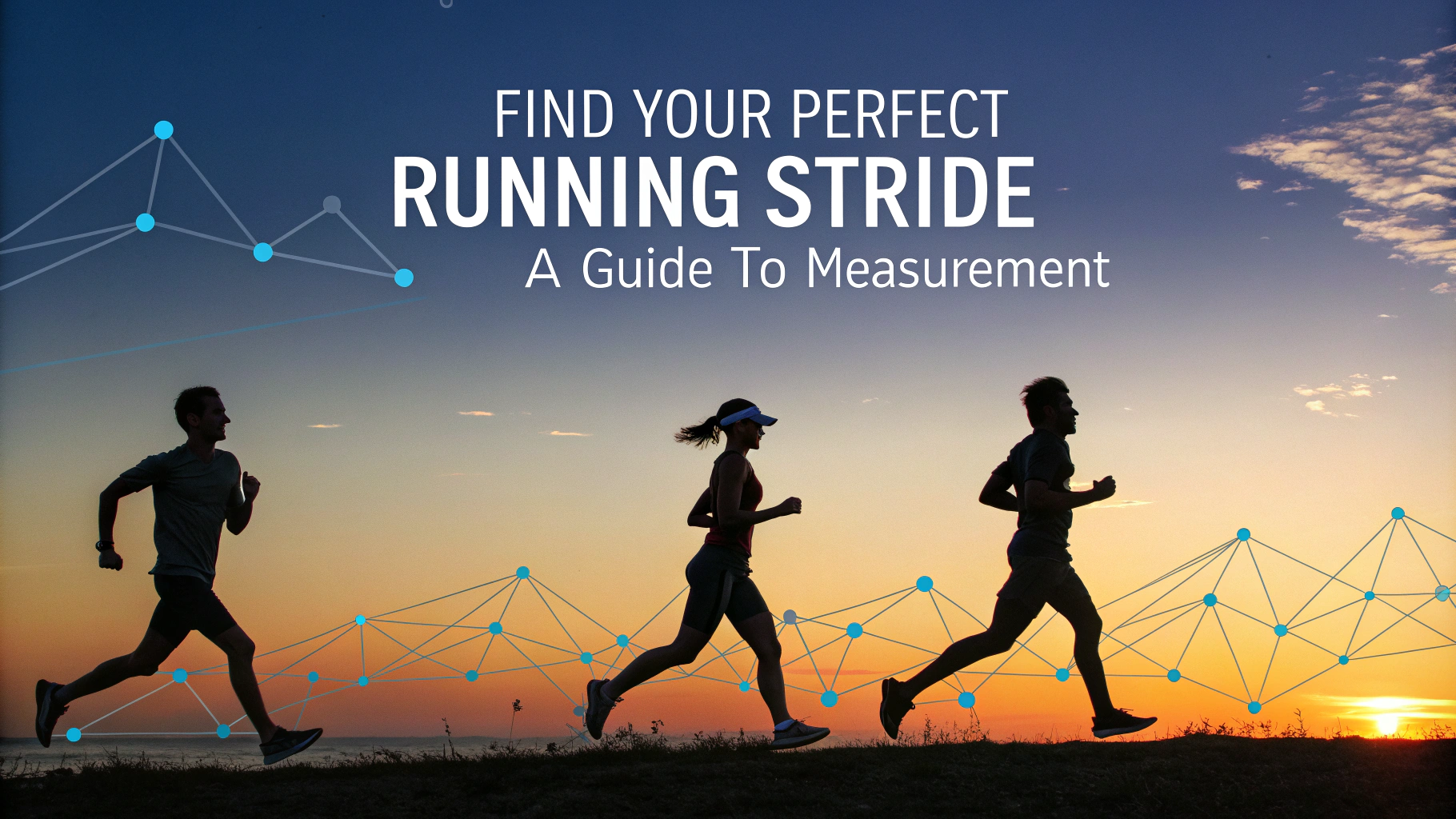A quick guide to common running terms and phrases you’ll hear in the running community.
Basic Running Terms
- Base Miles: Easy-paced runs that build your aerobic fitness foundation.
- Cadence: The number of steps you take per minute while running.
- Cross Training: Non-running activities that complement your running fitness.
- Easy Run: A comfortable-paced run where you can hold a conversation.
- Form: Your running posture and movement mechanics.
Training-Specific Terms
- Fartlek: Swedish for “speed play” – alternating between fast and slow running.
- Hill Repeats: Running up hills multiple times for strength training.
- Intervals: Alternating between high-intensity running and recovery periods.
- Long Run: Your longest run of the week, typically done at an easy pace.
- Tempo Run: Running at a “comfortably hard” pace for a sustained period.
Race-Related Terms
- BQ: Boston Qualifier – meeting time standards for the Boston Marathon.
- DNS: Did Not Start – registered but didn’t begin the race.
- DNF: Did Not Finish – started but didn’t complete the race.
- PR/PB: Personal Record/Personal Best – your fastest time for a specific distance.
- Splits: Times for specific segments of your run or race.
Equipment Terms
- Drop: The height difference between heel and toe in running shoes.
- Neutral Shoes: Running shoes designed for runners with normal arches.
- Stability Shoes: Shoes that help correct overpronation.
- Technical Fabric: Moisture-wicking materials used in running clothes.
- Zero Drop: Shoes where heel and toe are at the same height.
Physical/Medical Terms
- DOMS: Delayed Onset Muscle Soreness – pain felt 24-48 hours after exercise.
- IT Band: Iliotibial Band – tissue running from hip to knee, common source of runner’s pain.
- Pronation: Natural inward rolling of the foot during running.
- Runner’s High: Natural euphoric feeling during or after running.
- VOmax: Maximum oxygen uptake during exercise – measure of aerobic fitness.
This glossary is regularly updated to include new terms and reflect current running terminology.
Training Techniques
- Progressive Overload: Gradually increasing training intensity over time.
- Recovery Runs: Very easy-paced runs between harder workouts.
- Strides: Short bursts of acceleration over 20-30 seconds.
- Tapering: Reducing training volume before a race.
- Zone Training: Running at specific heart rate zones for targeted benefits.
Running Metrics
- Negative Split: Running the second half of a race faster than the first.
- Pace: Running speed expressed in minutes per mile/kilometer.
- RPE: Rate of Perceived Exertion – subjective measure of effort.
- Training Load: Combination of volume and intensity of training.
- TSS: Training Stress Score – measure of workout intensity.
Nutrition Terms
- Bonking: Depleting energy stores during a long run.
- Carb Loading: Increasing carbohydrate intake before long races.
- Electrolytes: Minerals needed for proper hydration and muscle function.
- Fuel Belt: Belt carrying water or energy gels during runs.
- GU/Gel: Energy supplements used during long runs.
Conclusion
Understanding these running terms helps newcomers navigate the running community more effectively and enables better communication with fellow runners and coaches. As the sport evolves, new terminology continues to emerge, reflecting advances in training methods, technology, and running science.
For best results, familiarize yourself with terms relevant to your current training level and gradually expand your knowledge as you progress in your running journey.
FAQs
- What’s the difference between jogging and running?
Jogging is typically done at speeds below 6 mph (10 km/h), while running is performed at faster speeds. Jogging is generally more relaxed and focuses on endurance rather than speed. - How often should beginners run per week?
Beginners should start with 2-3 runs per week, allowing rest days in between for recovery. This helps prevent injury and allows the body to adapt to the new physical demands. - What is ‘runner’s high’ and why does it occur?
Runner’s high is a feeling of euphoria experienced during running, caused by the release of endorphins and endocannabinoids in the brain. These chemicals act as natural mood elevators and pain suppressors. - What does pronation mean in running?
Pronation is the natural inward rolling motion of the foot during running. Normal pronation helps absorb shock, while overpronation or underpronation may require specific shoe types for proper support. - How do I prevent side stitches while running?
Side stitches can be prevented by proper breathing techniques, staying hydrated, avoiding heavy meals before running, and gradually increasing running intensity. - What is VO2 max and why is it important for runners?
VO2 max is the maximum amount of oxygen your body can utilize during intense exercise. It’s a key indicator of aerobic fitness and endurance capacity in running. - What is the proper running form?
Proper running form includes keeping your head straight, shoulders relaxed, arms at 90 degrees, landing midfoot, and maintaining a slight forward lean with short, quick strides. - How long should running shoes last?
Running shoes typically last 400-500 miles (640-800 km). They should be replaced when the cushioning becomes compressed or signs of wear appear on the outsole. - What is tempo running?
Tempo running is running at a “comfortably hard” pace, typically 15-30 seconds slower than 5K race pace, sustained for 20-40 minutes to improve lactate threshold. - What is carb loading and when should runners do it?
Carb loading is increasing carbohydrate intake 2-3 days before a long race (usually marathon distance) to maximize muscle glycogen stores for improved endurance.










